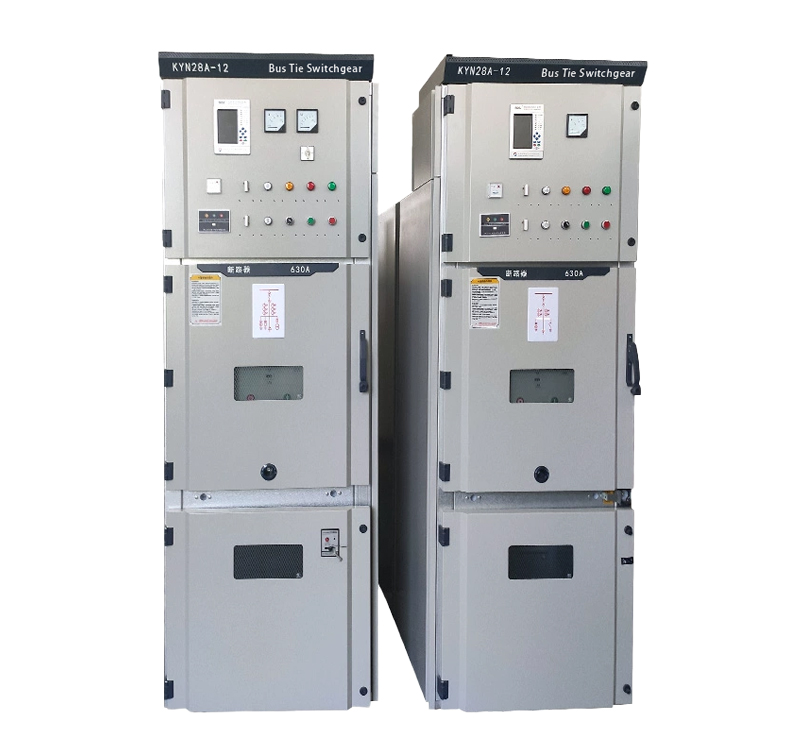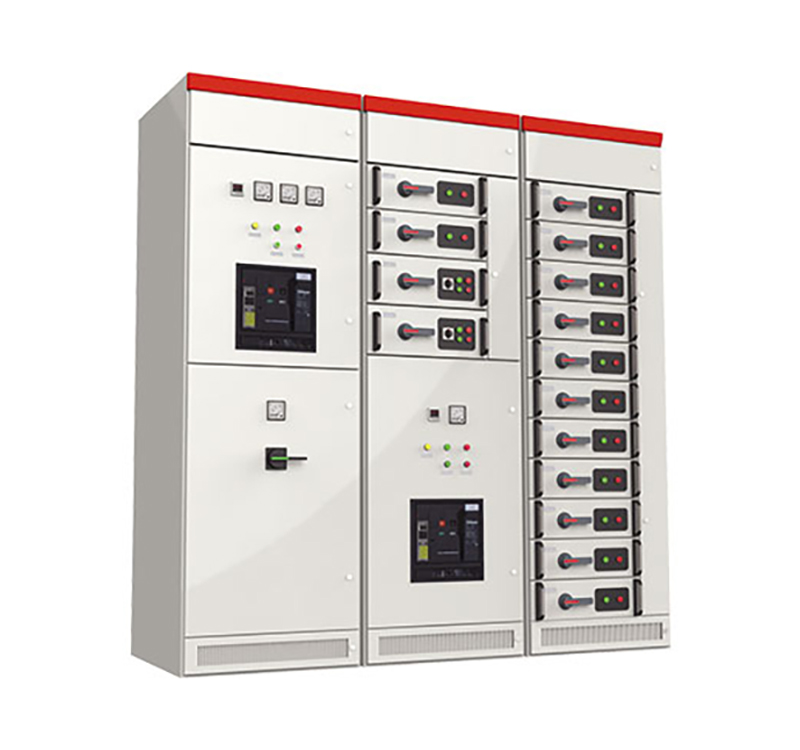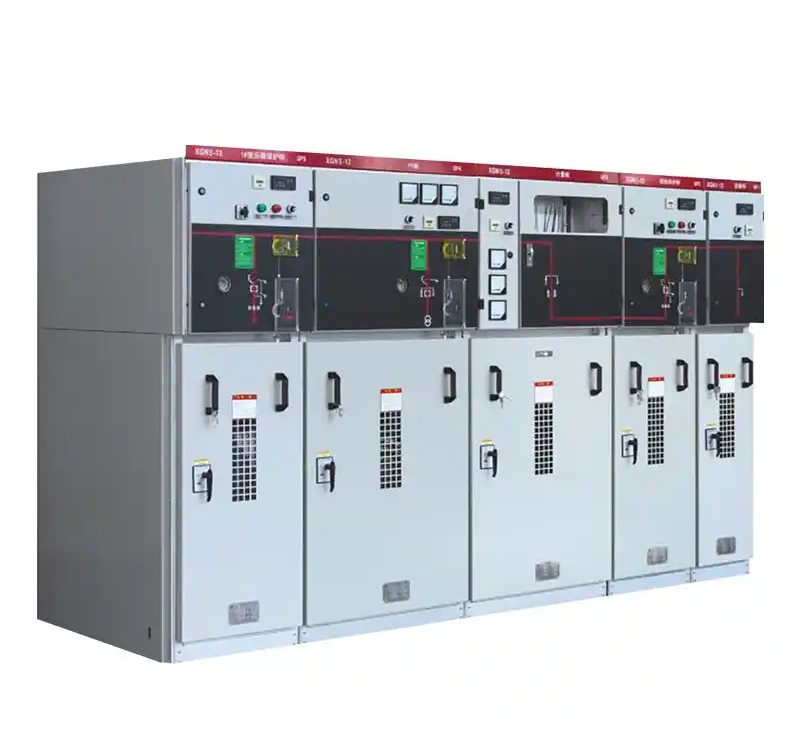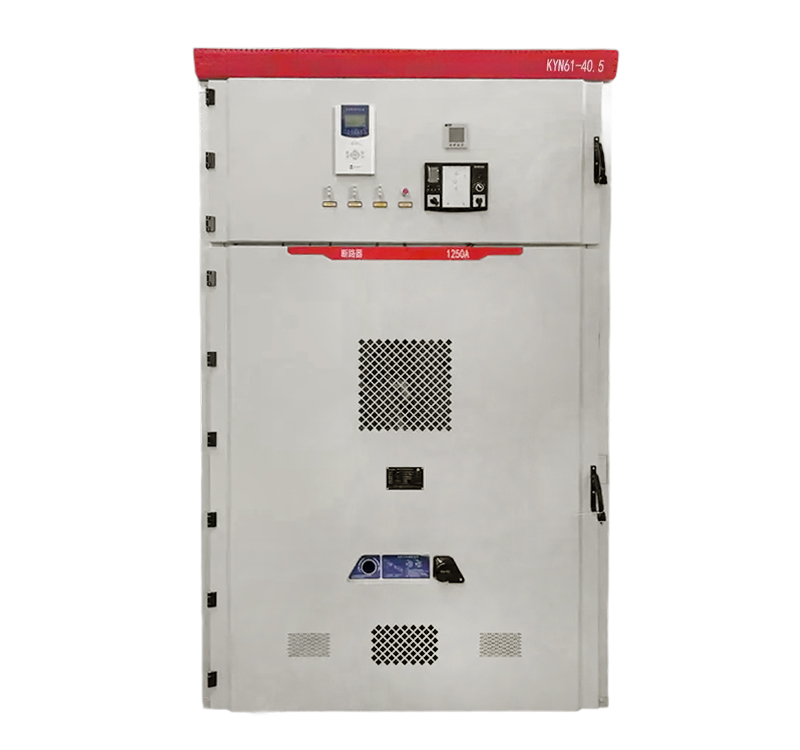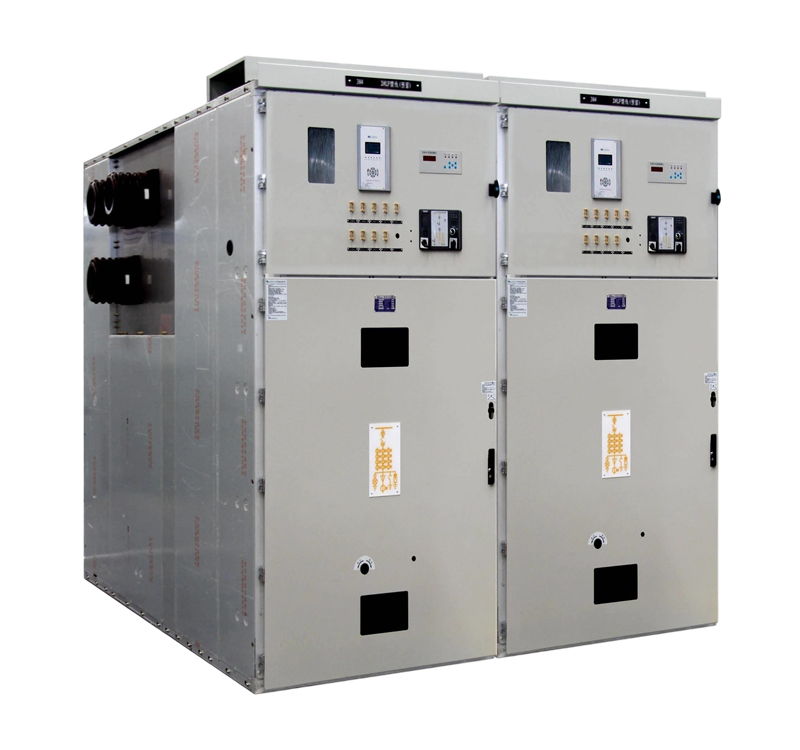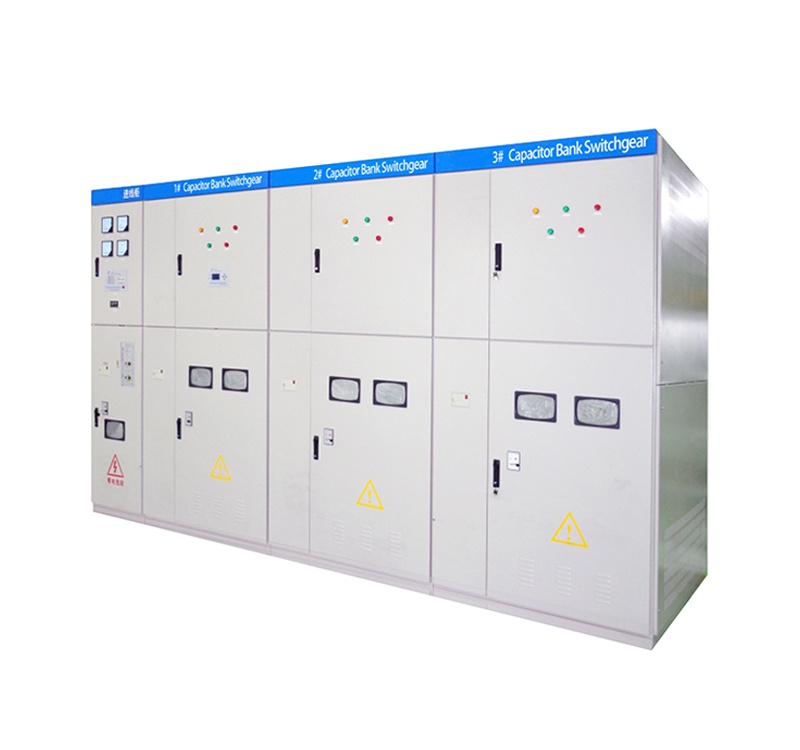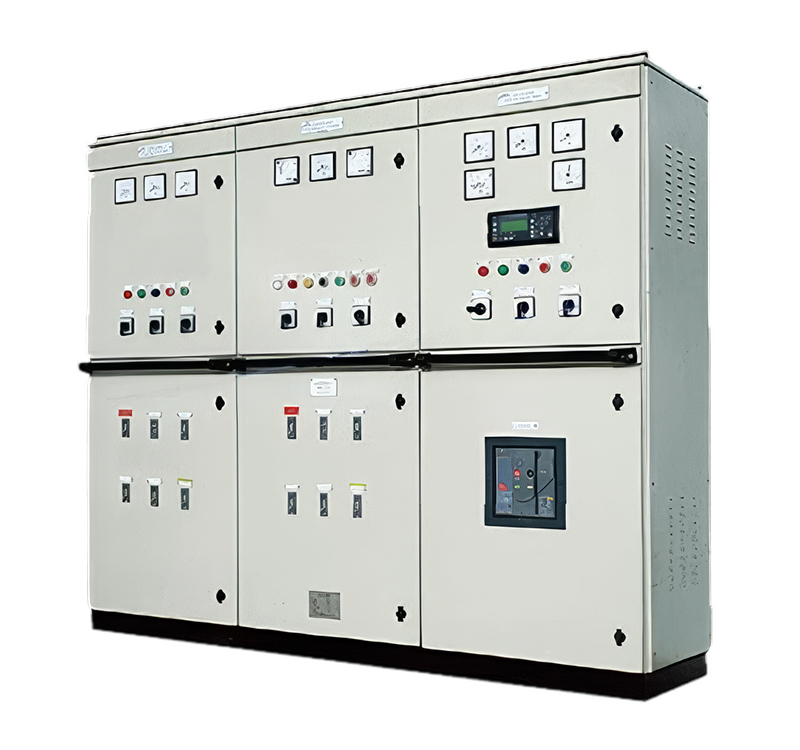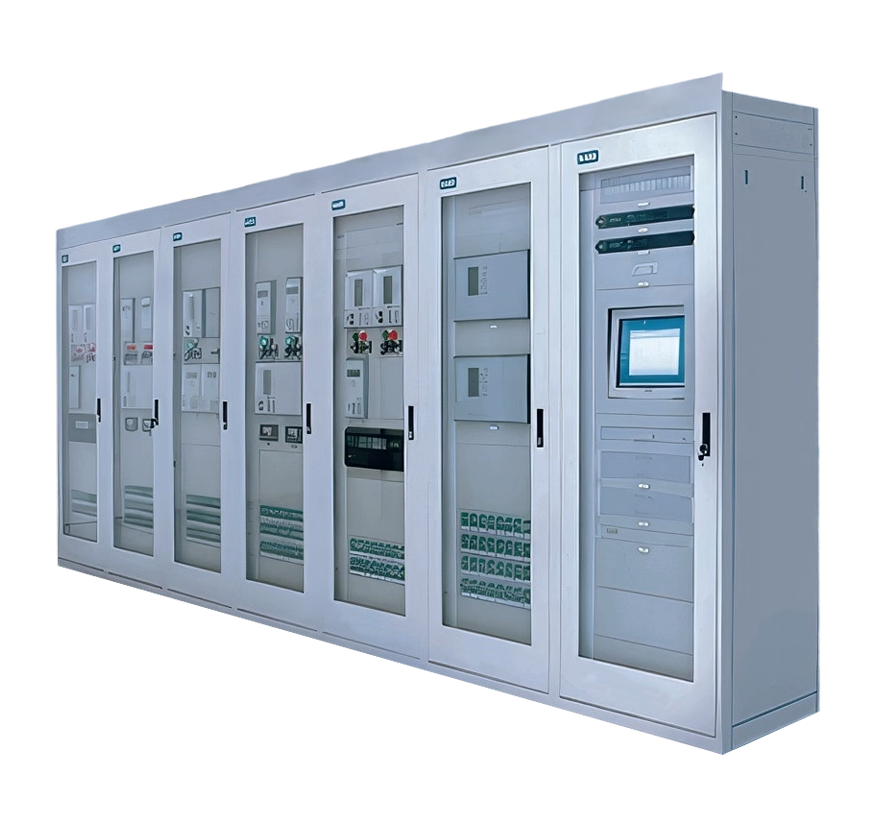
Fire-Rated Switchgear (also known as Fire-Resistant Switchgear or Fire-Resistant Distribution Cabinets) are specially designed electrical enclosures. Their core function is to maintain the normal operation of internal electrical equipment for a specified duration (typically 30 minutes, 60 minutes, 90 minutes, or 120 minutes) during a fire, while preventing flames and hot gases from propagating through the enclosure to other areas. This provides critical time for personnel evacuation, firefighting operations, and the continued operation of essential equipment.
Consequently, fire-rated switchgear is primarily employed in locations demanding exceptionally high levels of life safety, critical operational continuity, and fire containment. Typical application sites include:
1.High-Rise and Super-Tall Buildings:
Distribution cabinets for critical firefighting equipment within the core, including fire lifts (elevators), passenger lifts, pressurization systems, smoke extraction systems, emergency lighting, fire pumps, and the fire control room.
Essential power distribution equipment in refuge floors and plant floors.
Output distribution switchgear within generator rooms providing standby power.
2.Large Public Buildings:
Hospitals: Power distribution for operating theaters, ICUs, emergency departments, critical medical equipment (e.g., ventilators, life support systems), and firefighting facilities. Hospitals have extremely high requirements for power continuity.
Airports, Railway Stations, Metro Stations: Power distribution for security screening systems, communication systems, control centers, firefighting systems, emergency lighting, evacuation signage systems, and lifts/escalators.
Large Stadiums, Convention Centers, Theaters: Power distribution for firefighting systems, emergency lighting, public address systems, and corridor/exit lighting.
Large Shopping Malls/Complexes: Power distribution for firefighting systems, emergency lighting, main thoroughfare lighting, lifts/escalators, and central control rooms.
3.Data Centers & Telecommunications Hubs:
Main distribution boards (MDBs), sub-distribution boards, and rack power distribution units (PDUs) supplying power to servers, network equipment, storage systems, and cooling systems. Business continuity in data centers is paramount; fire-rated switchgear buys time for orderly shutdown or core system sustainment.
Power distribution cabinets in telecommunications equipment rooms.
4.Critical Infrastructure:
Power Plants (especially Nuclear): Distribution for control rooms, safety systems, and critical pump stations.
Water Treatment/Wastewater Plants: Distribution for control centers and critical pump stations.
Electrical Substations: Distribution for control and protection systems.
5.Industrial Facilities:
Petrochemical Plants, Refineries: Distribution for control rooms, emergency shutdown systems (ESD), and critical valves/pumps. These sites have high fire risk and severe consequence potential.
Pharmaceutical Plants: Distribution for cleanrooms and critical process equipment.
Other Facilities with High-Risk Processes or Storage of Flammable/Explosive Materials: Distribution for fire pumps, alarm systems, and emergency ventilation.
6.Firefighting Facilities Themselves:
Fire Pump Rooms: Main distribution and control switchgear supplying power to fire pumps. This is one of the most critical applications, ensuring continuous water supply during a fire.
Fire Control Rooms: Distribution for core equipment receiving alarms and issuing control commands.
7.Transportation Tunnels:
Road Tunnels, Railway Tunnels: Distribution for ventilation systems, lighting systems (especially emergency lighting), monitoring systems, fire pumps, and alarm systems. The confined environment poses unique challenges for evacuation and rescue, demanding high fire protection.
8.Financial Centers:
Distribution for bank data centers, trading floors, vault security systems, ensuring critical financial operations continuity.
Key Considerations for Selecting Fire-Rated Switchgear:
Required Fire Resistance Duration: Select based on site criticality and regulatory requirements (e.g., 30 min, 60 min, 90 min, 120 min).
Ingress Protection (IP) Rating: Must meet environmental requirements for dust and water protection in addition to fire resistance.
Certification Standards: Must comply with relevant national or international fire test standards (e.g., IEC 61439-3 / GB 7251.3).
Internal Arc Fault Containment (IAC) Rating: For high-current distribution boards, protection against internal arcing faults is also crucial.
In summary, fire-rated switchgear serves as a vital final line of defense, ensuring uninterrupted power supply to lifeline systems and critical facilities under extreme fire conditions. Its application is concentrated in areas characterized by high occupant density, difficult evacuation, severe fire consequences, or stringent operational continuity requirements. The core objectives are to buy time for safe evacuation and firefighting efforts while minimizing property damage. During the design and construction of such facilities, electrical engineers determine the mandatory locations for fire-rated switchgear based on relevant building fire codes and electrical design regulations.
